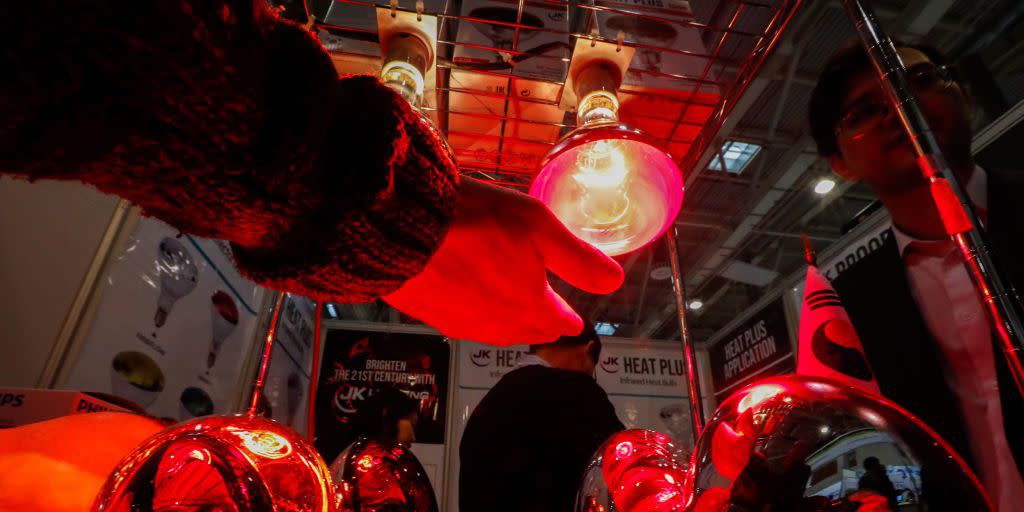Scientists Figured Out How To Make Mice See in Infrared

With a single injection of nanoparticles, scientists from the University of Science and Technology of China and University of Massachusetts Medical School gave mice the ability to see infrared vision for 10 weeks.
Anything that gives off heat-people, animals, objects-gives off infrared light. This spectrum is typically invisible to the human eye. Gang Han of the University of Massachusetts Medical School says in a press statement"
"When light enters the eye and hits the retina, the rods and cones-or photoreceptor cells -absorb the photons with visible light wavelengths and send corresponding electric signals to the brain. Because infrared wavelengths are too long to be absorbed by photoreceptors, we are not able to perceive them."
The injected nanoparticles anchored themselves to photoreceptors within the eyes of the mice. When infrared light hit their retinas, the nanoparticles capture the longer infrared wavelengths and then, like a light transducer converting light into electrical signals, they emit shorter wavelengths within the visible light range.
"In our experiment, nanoparticles absorbed infrared light around 980 nm (nanometers) in wavelength and converted it into light peaked at 535 nm, which made the infrared light appear as the color green," says Jin Bao at the University of Science and Technology of China.
Because the scientists could not naturally see the infrared light, they created a a series of maze tasks to test the mice and their newfound ability to see in infrared. The mice proved able to see infrared even in daylight conditions, with regular light also crowding their retinas. Occasionally, the mice suffered from cloudy corneas from the injections, but these symptoms cleared up within a week. Tests showed that the mice experience no retinal damage due to the injections.
"In our study, we have shown that both rods and cones bind these nanoparticles and were activated by the near infrared light," says Tian Xue of the University of Science and Technology of China and senior author of the study's accompanying paper. "So we believe this technology will also work in human eyes, not only for generating super vision but also for therapeutic solutions in human red color vision deficits."
While there infrared cameras available on Amazon, the researchers believe that sub-retinal injections could offer a number of advantages for humans, especially in civilian encryption, security, and military operations. No need for batteries, for one. "In the future, we think there may be room to improve the technology with a new version of organic-based nanoparticles, made of FDA-approved compounds, that appear to result in even brighter infrared vision," says Han.
Considering how infrared stealth is increasingly coming to the battlefield, having soldiers that could see the wavelengths could prove increasingly crucial in the future.
('You Might Also Like',)

